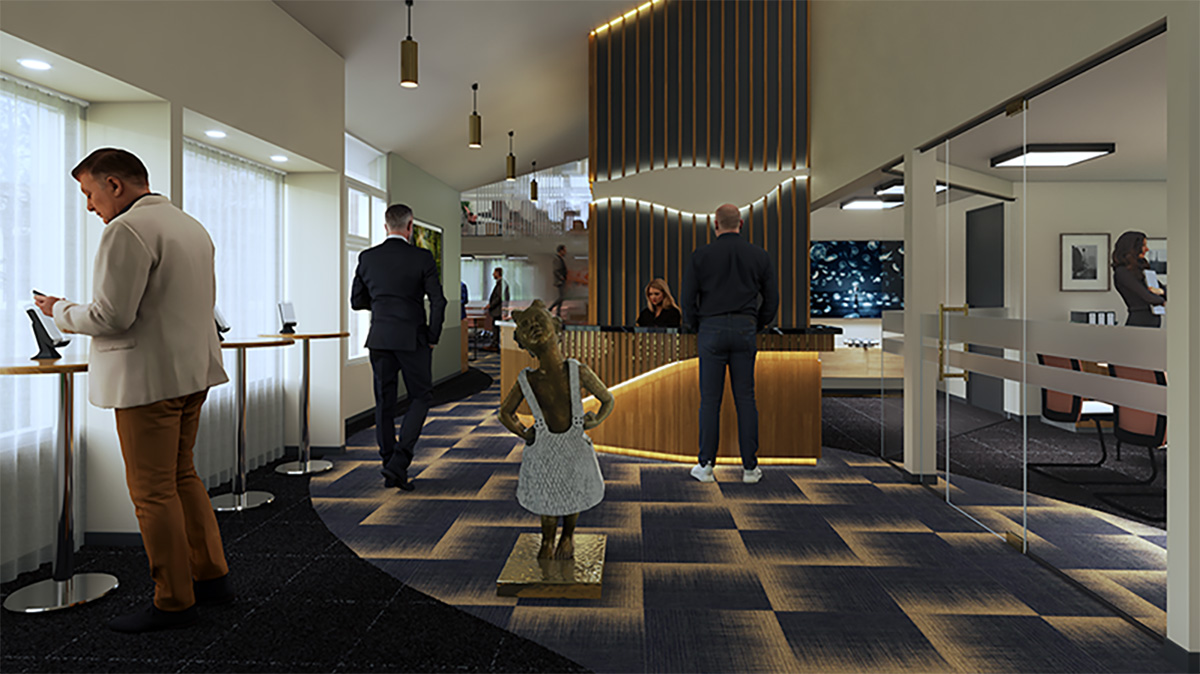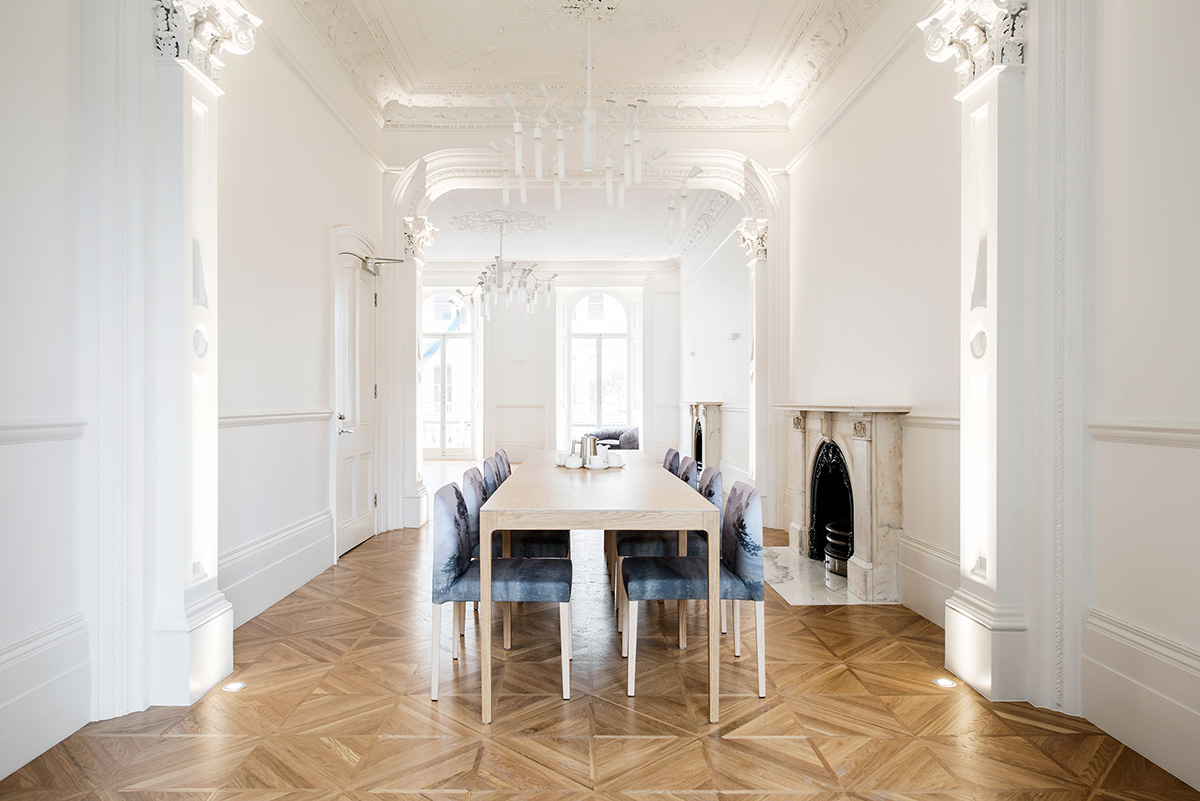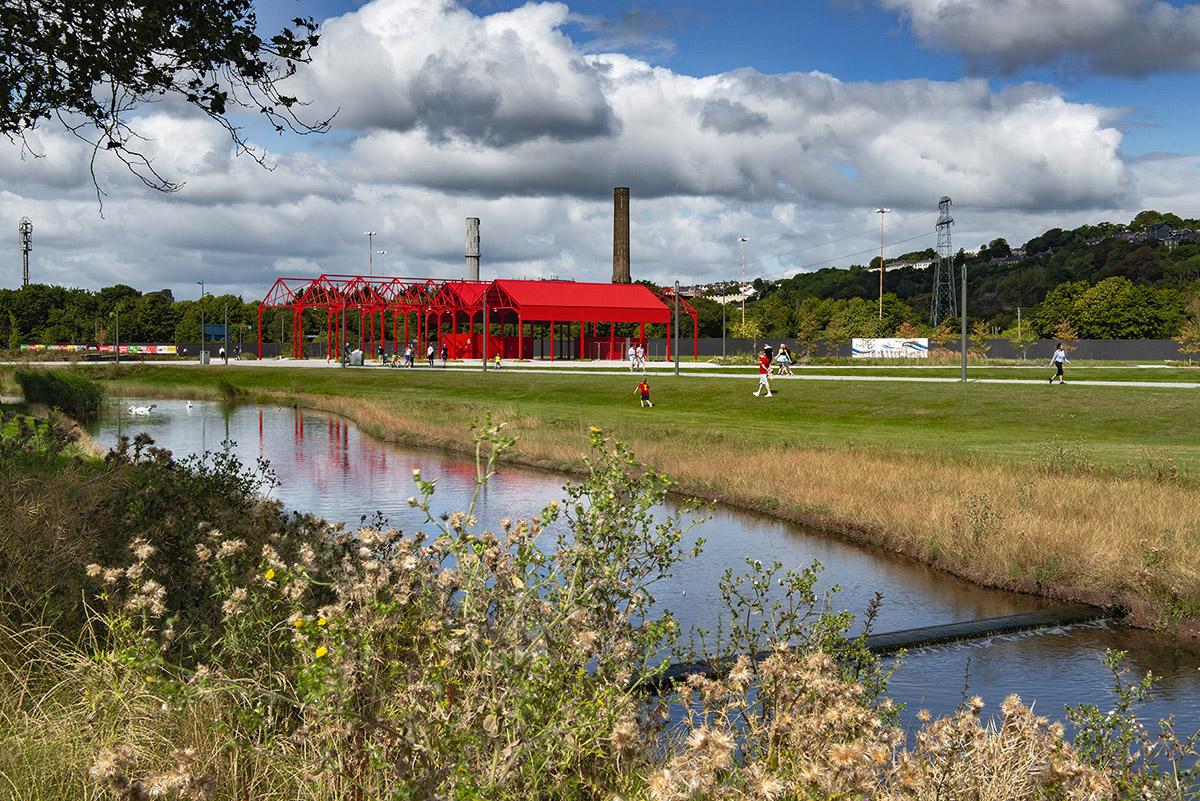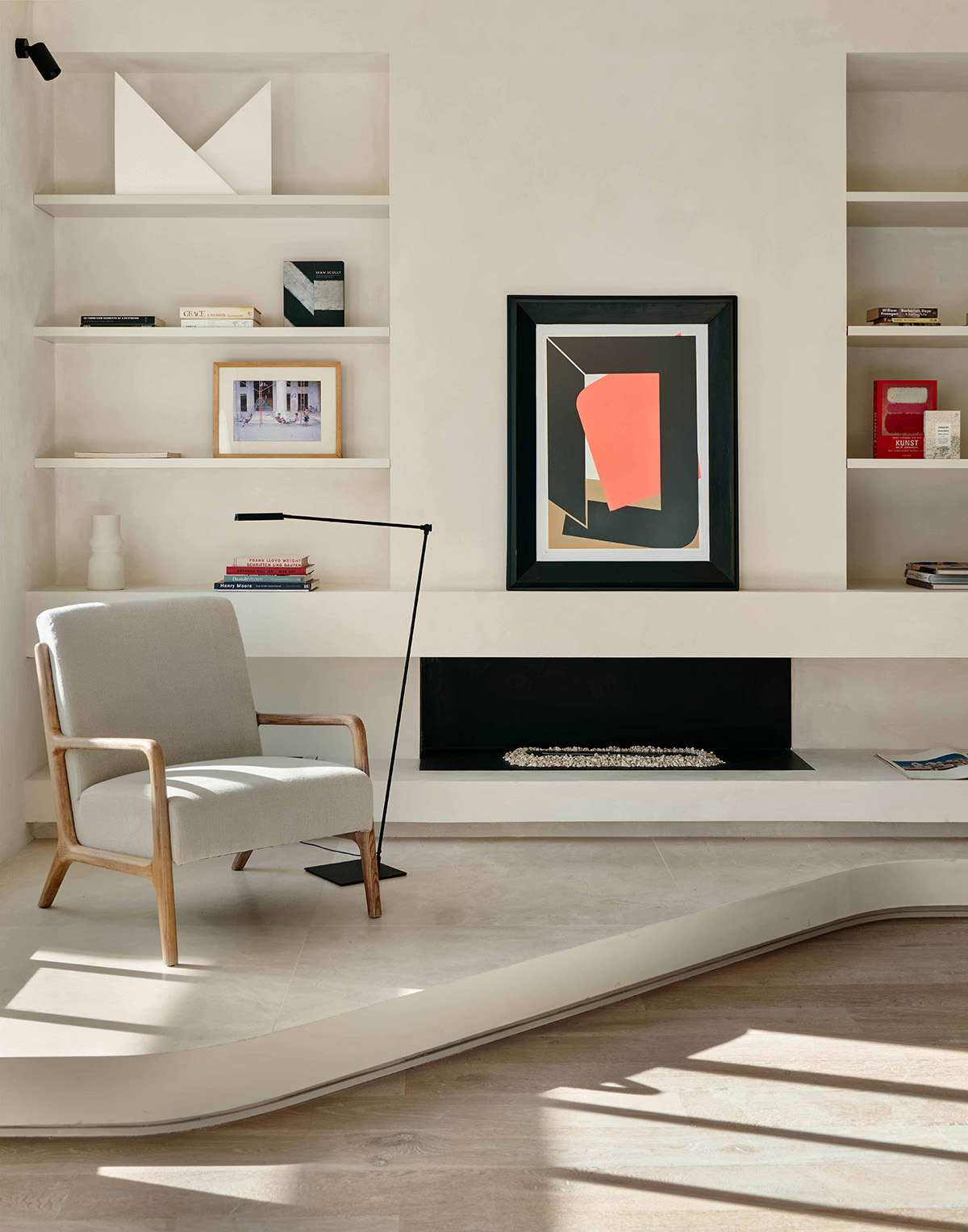Magu Design: The future of workplace interior architecture
By Celina Tran | Photos: Magu
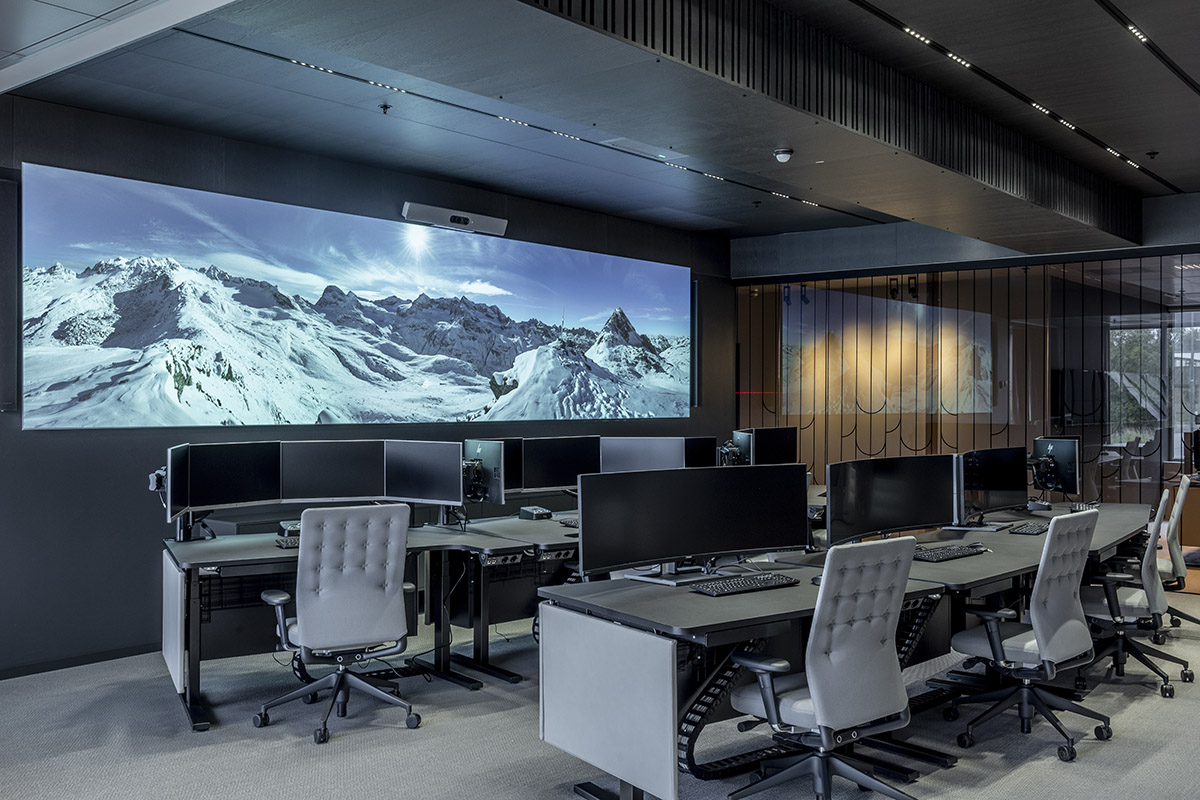
Aker BP’s activity-driven workplaces in OCC, see different offshore and onshore disciplines work seamlessly together, in an interior that is easy optimised for different needs and collaborations.
Following a pandemic that forced millions to merge their homes and workspaces, Magu Design is on a mission to make the office environment an efficient and attractive place where ideas flourish, through the introduction of new technology and unexpected but precise interior architecture design.
The Norwegian interior architecture brand Magu was founded in 2013. Since their establishment, they have worked towards creating work environments that encourage and bring forth efficiency, creativity and wellbeing. “We see ourselves as ‘change architects’ – architects who oversee major transitions, who deliver change and new ways of working,” says Magu founder Marian Knudsvik.
Post-pandemic, Magu has strengthened its position as the leading independent interior architecture design company in Norway by integrating the Magu Connect and Magu Branding services into its core interior architecture deliveries. Magu Connect provides clients with methods to connect people and organisations who are using their new work environments, while Magu Branding helps clients strengthen and deliver a clear, authentic brand voice, connecting the new environment to the company’s values and culture.
“With Magu Connect and Branding, the interior architecture is taken to the next level. It helps build company culture, while contributing efficient company strategy delivery,” Knudsvik says. “The oil company Shell’s new headquarters in Stavanger Norway, opening January 2023, is a great example of such a co-creation.”
Mari Espedal of Magu Connect adds that Magu designs concepts and work environments via a sustainable and holistic approach. This method emphasises human needs and the human experience by creating a sense of connection and belonging within each workspace.
“In our process we work to understand the needs and wants of every client through close communication with their project management and leadership team. Then, we co-create tailormade workspaces and connect programmes to fully utilise the potential of the interior architecture. All our processes are anchored in relevant research and technology to provide the unexpected but precise,” Espedal says.
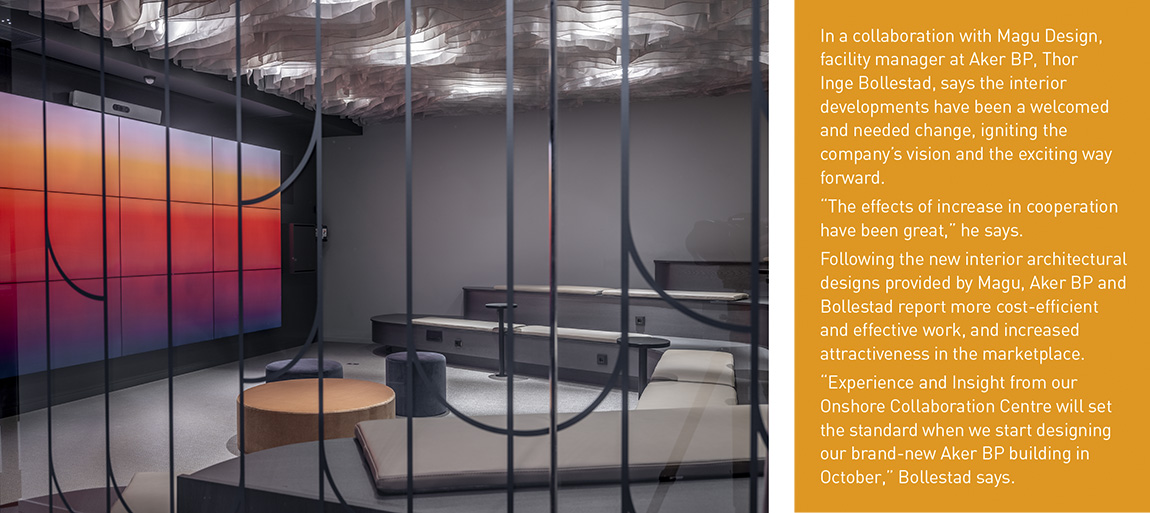
Seamlessly integrated communication technology in the “Lykkeland” meeting area provide optimal connection and co-creation between colleagues and different office locations. The artistic wave-like ceiling with integrated speakers and light also deliver optimal sound mediation.
Unexpected but precise
The Magu team contribute to insight and discussion of how interior design affects the human state and, in their efforts to understand each client, use multidisciplinary research. Knudsvik explains that clients often don’t expect the solutions Magu brings to the table, as its approach often challenges the traditions of interior architecture.
“It’s unexpected, but the solutions are always precisely chosen for the best effect,” Knudsvik says. “All of our designs are grounded in thorough research that considers everything from the psychological to strategic aspects that will lead to successful long-term effects.”
The unexpected is an important ingredient in Magu’s journey towards the future of interior architecture. To achieve it, they rely on a foundation of architectural knowledge, but also great leadership, research, and communication, in a comprehensive overall process.
“Every client should feel at home and in some ways identify themselves in the environment we create. We work with our clients to help them understand and adjust to how their new spaces can encourage desired outcomes, such as identity, agility, effectiveness or creativity. It is also important to us that they thrive in the space they work in, and that it allows for curiosity,” she says.
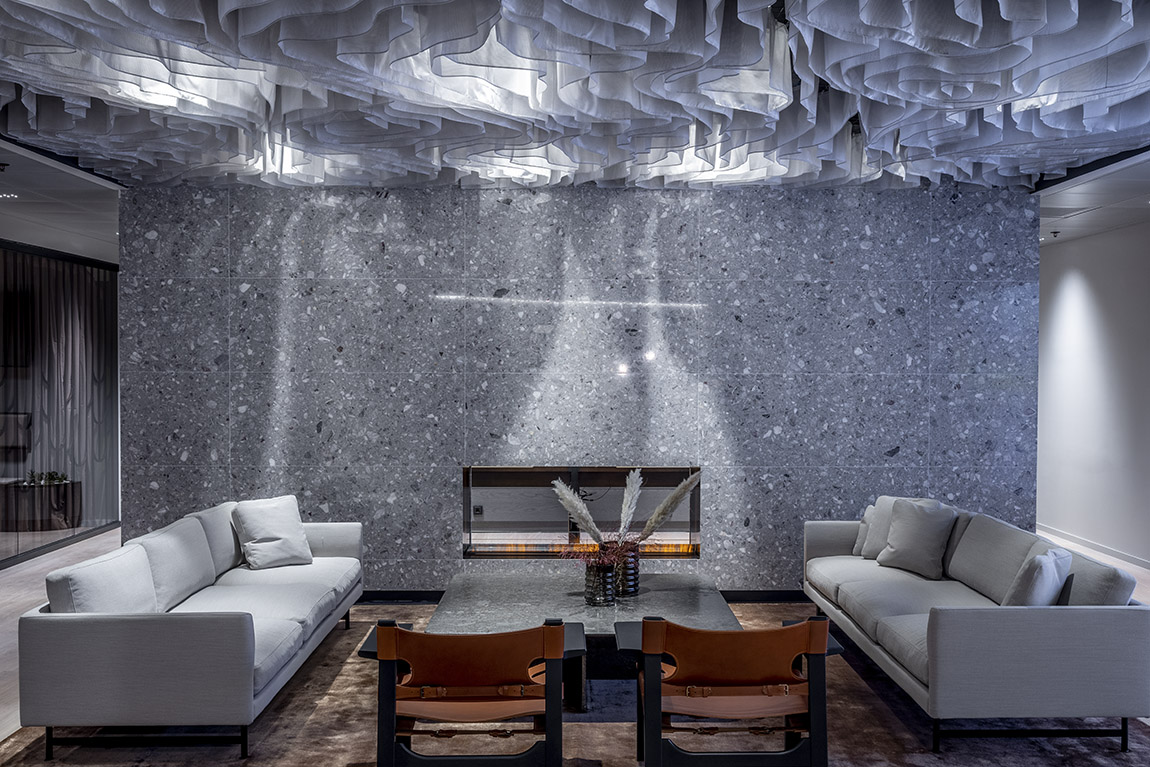
The heart of the OCC is a lounge and relaxation zone that creates a homey feeling. Behind the fireplace is the popular shuffleboard.
Award-winning architecture
During the pandemic, meeting rooms were switched out with Teams calls, and office spaces with spare bedrooms. In many ways, the time working from home has hastened the introduction of technology into many workspaces. Espedal explains that the future of workplace collaboration looks very different from what we are used to, and that Magu has taken the next steps to better understand how the office can be designed to bring employees back together.
One of Magu’s clients, Aker BP, is on a mission to digitise core end-to-end processes. In challenging traditional workspaces, it has co-created an Onshore Collaboration Centre (OCC) along with Magu, in order to strengthen cross-sector collaborations and create cost and delivery-efficient processes.
“Combining outstanding technology and untraditional collaboration areas with relaxed fireplace conversations has made the area very popular amongst Aker BP employees,” Espedal says.
The OCC design is an example of how Magu contributes to making surroundings both inspiring and purposeful, enhancing curiosity and connection – human to human, and human to environment.
As a reward for forward thinking, the OCC design won bronze in the prestigious international design competition WIN Awards for the world’s most innovative office design for areas under 10,000 square meters.
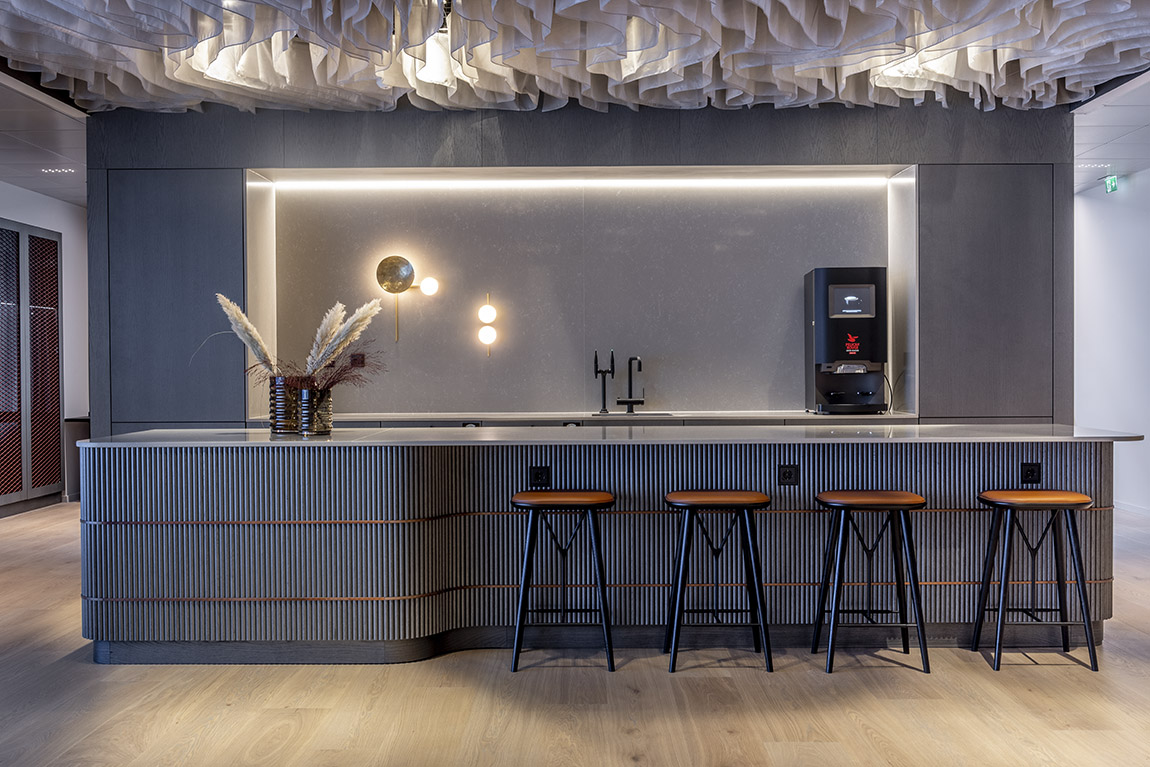
Connect with a colleague or visitor over a coffee in the lounge area’s coffee bar!
Web: www.magudesign.no Instagram: @magu_design
Subscribe to Our Newsletter
Receive our monthly newsletter by email

